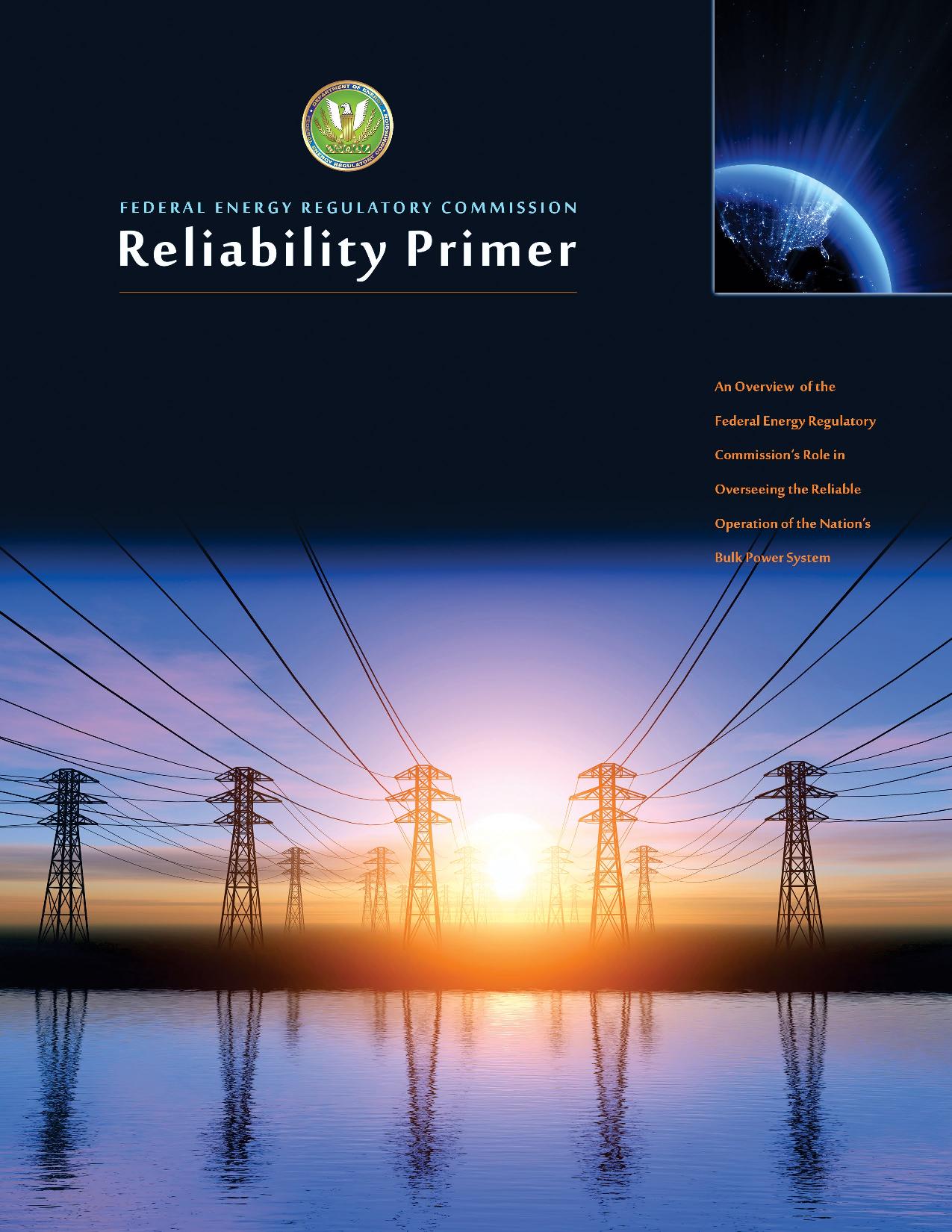Electric Field Comparison of Conventional Transmission Line With Unconventional Transmission Line
Easir Arafat, et. al
Department of Electrical and Computer Engineering
Zero Emission, Realization of Optimized Energy Systems Laboratory
The University of Texas at Dallas
Abstract: To accommodate the growing demand for electricity, a novel transmission line design has been proposed. This proposed structure must undergo rigorous evaluation to ensure it complies with existing safety standards. As magnetic field and electric field are crucial for the safety of systems and their surroundings, the proposed line must adhere to established limits. This paper presents a comparison of the electric field generated by a newly proposed unconventional overhead line compared to a conventional line where electric field is calculated for each sub-conductor individually. The results demonstrate that the unconventional transmission line exhibits a more favorable electric field profile compared to the conventional line.
In large to medium-sized cities in the US, the highest voltages typically found in the power distribution and transmission systems are as follows:
- Transmission Lines: These are the high-voltage lines that transport electricity over long distances from power plants to substations near populated areas. The voltages for transmission lines can range from:
- 69 kV (kilovolts)
- 115 kV
- 138 kV
- 230 kV
- 345 kV
- 500 kV
- Up to 765 kV in some areas
- Sub-transmission Lines: These lines carry electricity from the high-voltage transmission system to the distribution substations and have voltages typically ranging from:
- 34.5 kV
- 69 kV
- 115 kV
- Distribution Lines: These lines deliver electricity from substations to consumers and generally operate at lower voltages. Common distribution voltages include:
- 4.16 kV
- 13.2 kV
- 13.8 kV
- 25 kV
- 34.5 kV
The specific voltage levels can vary depending on the region and the utility company managing the electrical infrastructure. The highest voltages, especially those above 230 kV, are generally found in the transmission network, which is designed to efficiently move large quantities of power over long distances.
Maxwell’s Equations and Electromagnetic Waveshttps://t.co/lsQtMoQ99v
@yaleseas pic.twitter.com/CJQV6SQK2k— Standards Michigan (@StandardsMich) September 17, 2020









